Hulst 1534 – 1598 Antwerp
Flemish Painter
'Adoration of the Shepherds'
Medium: oil on panel
Dimensions: image size 38,5 x 46,5 cm, frame size 54 x 62 cm
Provenance: From a Belgian Private Collection
Notes: Gillis Mostaert was enlisted as a master in the Antwerp Guild of St Luke and was the twin brother of Frans Mostaert (1528 – 1560). Although born in Hulst, in the northern Netherlands, both Gillis and Frans trained in Antwerp—Gillis with Jan Mandijn and Frans with Herri met de Bles. This training explains both Gillis’s attachment to the tradition of Hieronymus Bosch and Frans’s specialization in landscape painting. Gillis Mostaert is a more prolific and versatile artist than has usually been assumed. Apart from landscapes and village scenes, reminiscent of Pieter Bruegel I’s example, he also painted hell and fire scenes, biblical subjects, saints, and mythological themes.
Mostaert was probably the inventor, or at least the only known exponent, of pictures with flat, trompe l’oeil wooden frames on which figures and scenes are depicted surrounding the central theme of the painting. He created such composite paintings from the 1570s onwards, and many are described in 17th-century inventories in Antwerp.
Biography: Gillis Mostaert the Elder (27 or 28 November 1528 – 28 December 1598) was a prominent Flemish Renaissance painter and draughtsman whose artistic versatility and distinctive style left an indelible mark on the art world of Antwerp in the latter half of the 16th century. Celebrated for his winter landscapes, nocturnal scenes, and depictions of fires, Mostaert’s works were among the most coveted pieces of his time. He managed a prolific workshop in Antwerp that catered to prominent patrons and regularly collaborated with leading artists of the period.
Gillis Mostaert was born in Hulst. Karel van Mander, an early biographer of artists, claimed that Gillis was the twin brother of the painter Frans Mostaert and the grandson of Jan Mostaert, a painter. However, modern scholarship questions the accuracy of Jan Mostaert’s relation to Gillis. Gillis’ father, also named Gillis, was a painter himself, which suggests that artistic talent ran in the family.
While Frans apprenticed under the landscape painter Herri met de Bles, Gillis began his studies in landscape painting with Jan Mandijn in 1550, the same year he registered as a pupil with the Antwerp Guild of Saint Luke. Van Mander noted that both brothers joined the Guild in 1555. However, records show that Frans had a pupil by 1553, indicating he may have achieved master status earlier. Gillis likely honed his skills alongside Marten van Cleve and Maerten de Vos in the studio of Frans Floris, the preeminent Antwerp history painter of the era.
In 1563, Gillis married Margareta Baes, with whom he had six children. His standing among fellow painters is reflected in the fact that notable artists Peeter Baltens and Crispin van den Broeck served as godfathers to his children born in 1571 and 1588.
Mostaert’s workshop in Antwerp thrived, producing artworks that commanded high market prices. His pieces were featured in the collections of many important art patrons of the late 16th and early 17th centuries, such as François Perrenot de Granvelle, Archduke Ernest of Austria, and Archduke Leopold Wilhelm of Austria. Filips van Valckenisse, Lord of Hemiksem and one of Antwerp’s greatest art collectors, owned over 50 of Mostaert’s paintings.
Gillis Mostaert’s oeuvre is characterized by a broad range of subjects, including market scenes, village festivals, allegories of the four seasons, winter and snow landscapes, depictions of war and destruction, religious themes, and moral allegories. His adept use of copper as a support for his oil paintings imbued them with a unique luster and glowing appearance.
Mostaert also played a pivotal role in the Mannerist style of the Frans Floris School, characterized by naturalistic depictions of nature, reflective surfaces, and animated compositions populated by numerous figures. He was an imitator of Hieronymus Bosch, drawing inspiration from Bosch’s tapestries created for Cardinal Granvelle. His “Haywain” (Rijksmuseum on loan to the Museum Catharijneconvent) is a satirical allegory criticizing the Catholic Church through the representation of the seven deadly sins.
Mostaert’s “fire paintings,” showcasing his skill in rendering light and fire effects, were highly prized. His masterpiece “Landscape with marauding soldiers” (1569, Louvre) is a nocturnal scene with multiple fires set by soldiers, capturing the chaos and retribution of villagers. He also innovated with composite paintings of biblical scenes framed by smaller grisaille scenes, a style later emulated by artists like Frans Francken the Younger.
Mostaert’s talents were sought after by fellow artists for his skill in adding figures to their works. He collaborated with Cornelis van Dalem, Marten van Cleve, Cornelis Molenaer, Jacob Grimmer, Hendrik van Steenwijck I, and Hans Vredeman de Vries.
Gillis Mostaert died in Antwerp in 1598, leaving behind a significant debt, leading to the dispersal of his workshop’s contents to pay creditors. Despite the challenges of attribution, his innovative contributions to landscape and genre painting, his mastery of light and fire effects, and his capacity to infuse his works with humor and narrative complexity ensure his place as a key figure in Flemish Renaissance art.



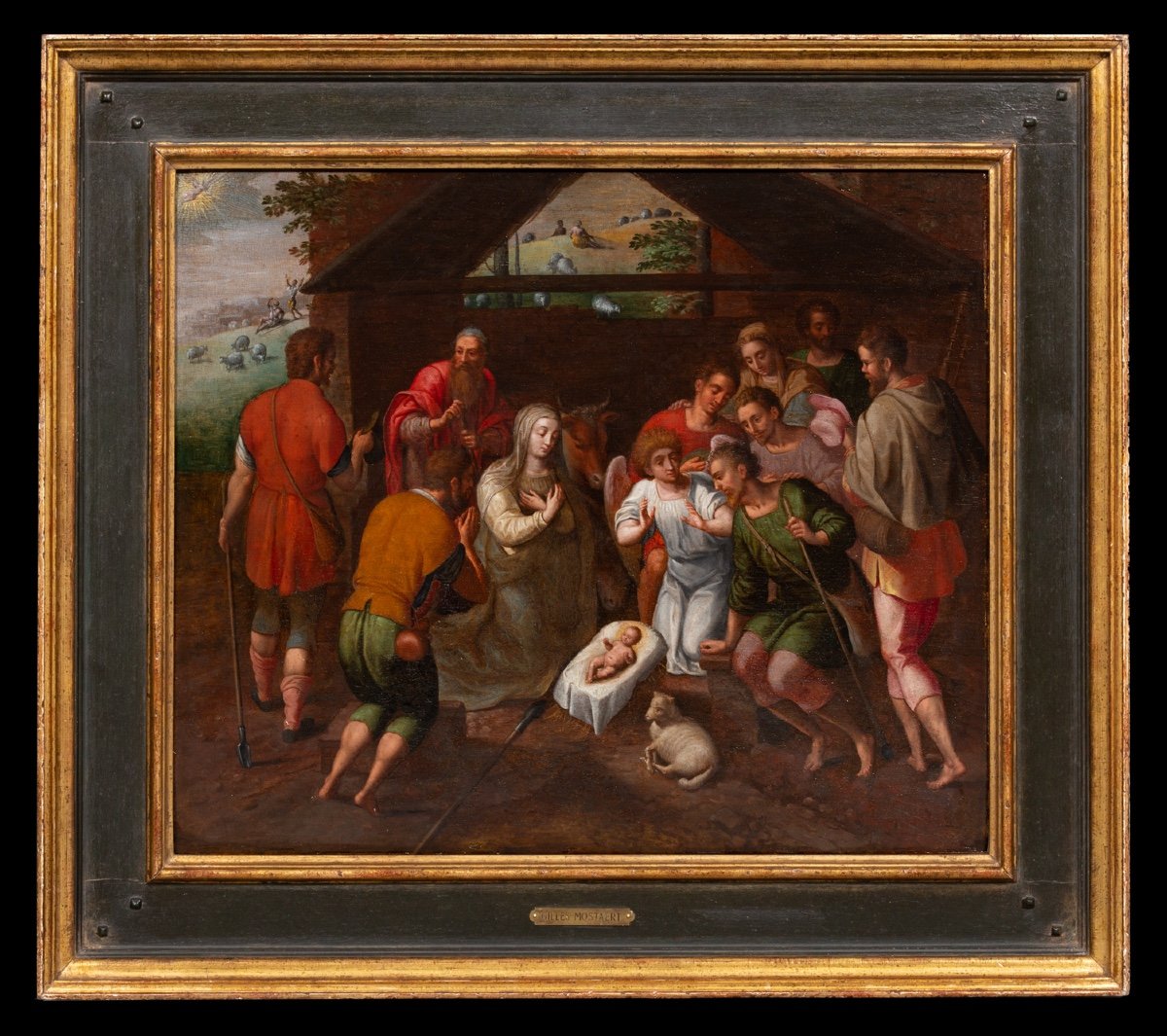


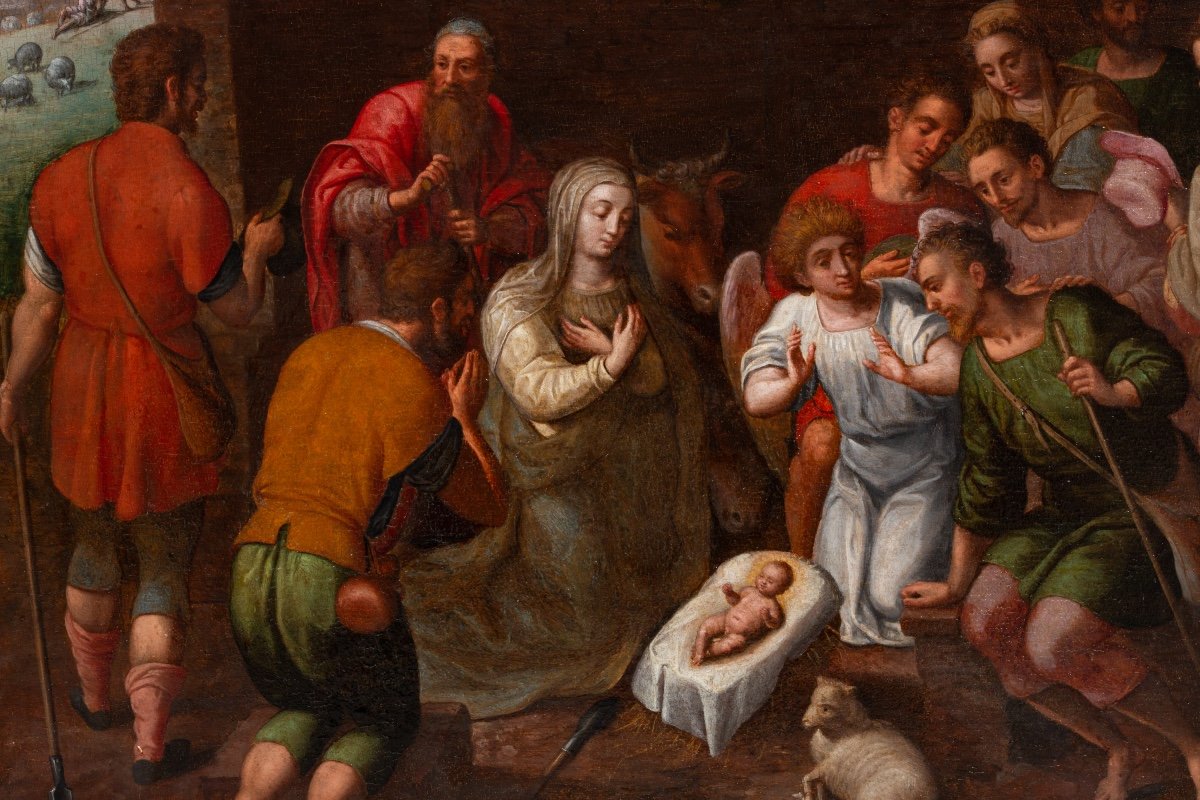




















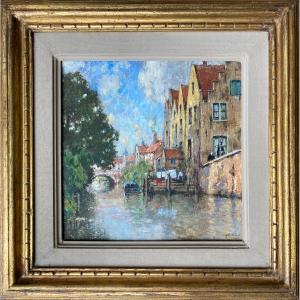


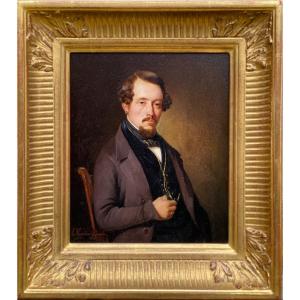
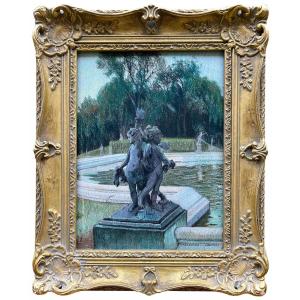
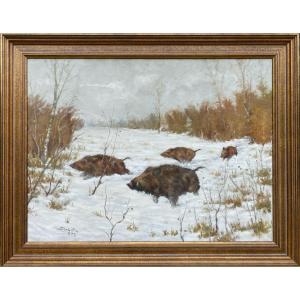
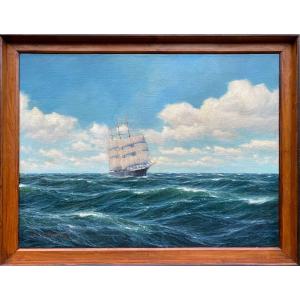

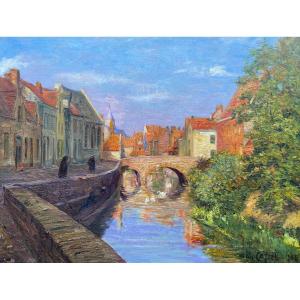
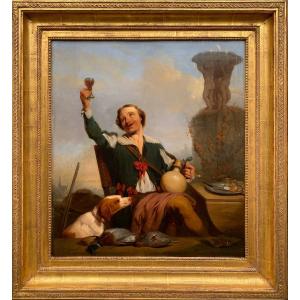

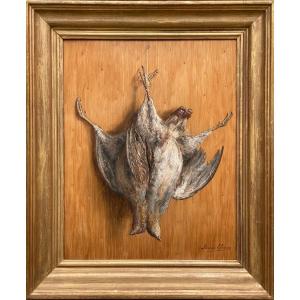
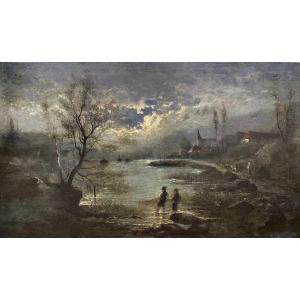
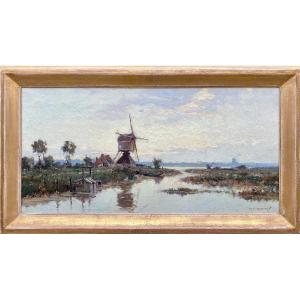
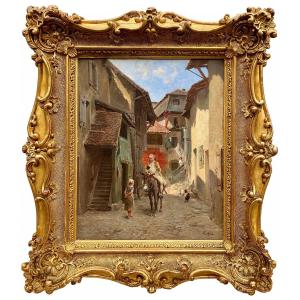



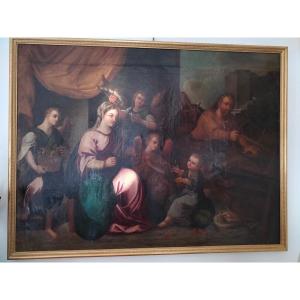




 Le Magazine de PROANTIC
Le Magazine de PROANTIC TRÉSORS Magazine
TRÉSORS Magazine Rivista Artiquariato
Rivista Artiquariato